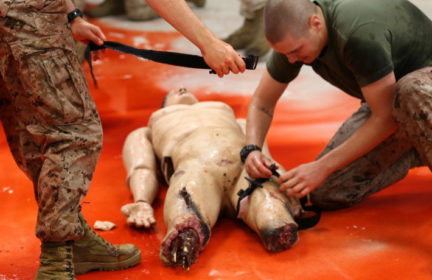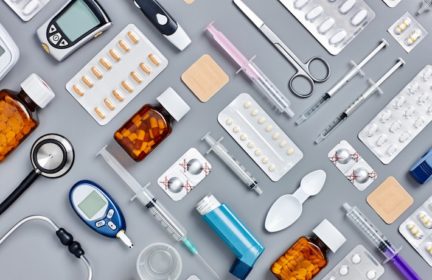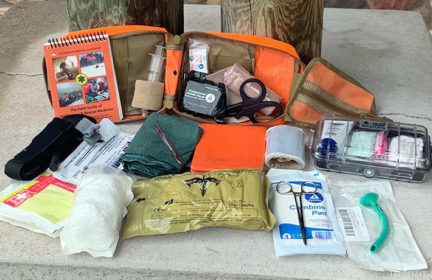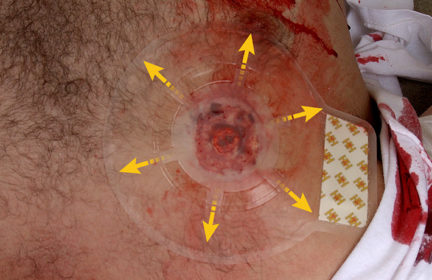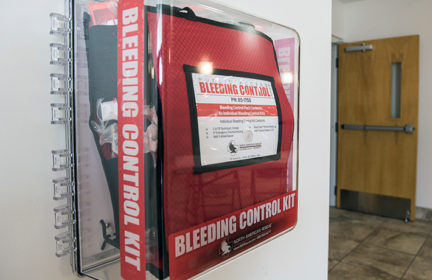First Aid for the Squeamish?
I posted about this very same subject before, but a couple of years ago and in a rather obscure comment on this site, so I thought I’d start a thread in the forum for more visibility. One big gap in my prepping, something I struggle with, is preparing for first aid. I’m pretty squeamish around injuries, blood and guts, burns, pain, descriptions or images of any of the above, etc. I do okay in everyday life with minor cuts or trips to the dentist. I’m okay with most shots. But start describing burns to me, or show me a picture of a wound and I start feeling really weak and nauseated.
For this reason it’s been really hard to think in any kind of systematic way about assembling a first aid kit, let alone learning how to use it for administering major aid to someone.
Just to give one example, a few years ago I ran into someone who was involved with her neighborhood first responder training for disasters. She talked to me about some of the first aid skills she was acquiring. For example, she said, in an emergency, if you have to operate on someone with no special tools, you can use an empty bag from fast food snacks — like chips — to create a makeshift barrier between you and the person being operated on. Let me just tell you that that was more than enough for me to start imagining how my neighbor might be operating on me without anesthetic using potato chip bag and a knife and I felt like I was gonna pass out.
I’m not sure how to get past this limitation of mine or how to work with it and prepare anyway. A couple of years ago when I posted about this someone suggested that I do a desensitization process where I start out practicing on things that absolutely do not look like injured people and then gradually increase the likeness to something that does. Admittedly, I have not done this, because the whole thing is hard to think about and because I can’t approach it enough to even be able to figure out what I should be practicing.
I’m thinking that I’m probably not the only person who has this issue. Wondering if anyone has any thoughts about it here
-
Comments (14)
-
